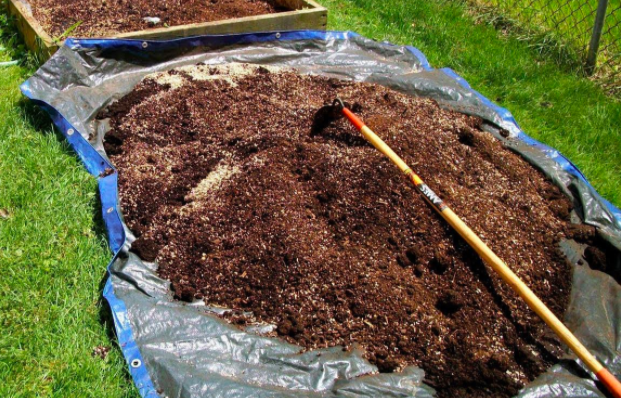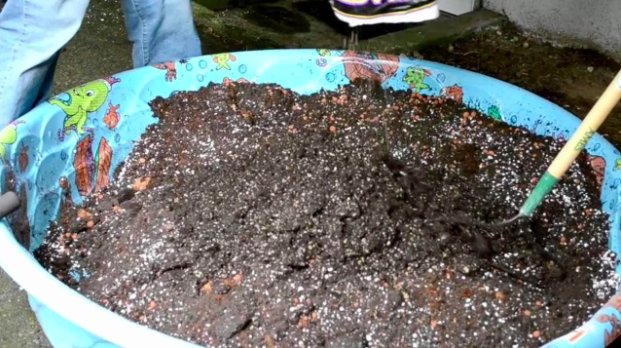-Jordan Capps-

We sell an amazing array of high quality pre-bagged planting mixes at Fifth Season, enough to cover pretty much any need a gardener may have, but have you ever wondered about the ins and outs of creating your own soil? There can be an overwhelming amount of information on the subject online, enough to make the task seem impossible. To help alleviate some of that “analysis paralysis” I have a (relatively) simple, easy to follow recipe that pretty much any plant under the sun will thrive in, and one that can be tinkered with to suit individual needs, or just play around with. Let’s dive in!
Base mix is key! A good starting point is 33% peat, 33% aeration (perlite, pumice stone, etc.) and 33% high quality compost and/or worm castings.
After you’ve got your base dialed in, you’ll need to add in your major nutrients, trace minerals, and the proper ratio of calcium and magnesium, as these are vital for plant growth. There are a million and one ways to go about this, but I’ll get you started with an easy recipe below:
To each CF, add:
- 1⁄2 cup neem seed meal
- 1⁄2 cup kelp meal
- 1⁄2 cup crab or crustacean meal
- 4 cups of mineral mix (equal parts oyster shell flour, azomite, gypsum, and basalt)

Once everything is mixed thoroughly (A kiddie pool or tarp is your friend,) you’ll want to let it sit or “cook” for at least two weeks, although a month is optimal. This is the time period in which the soil microbes cycle all those delicious nutrients you put in initially, breaking them down into plant-available forms. Maintaining proper moisture content during this time is crucial so as to maintain the microbial populations necessary for these processes. Basically, you want to water the soil as if it were already planted.
Plan on reusing this soil! As the microbes cycle nutrients and build soil structure, your living soil will improve over time. In between cycles, adding approximately 1 cubic foot of compost and/or worm castings per yard of soil can be beneficial to replace any lost organic matter. Re-amending with small amounts of your initial nutrient and mineral mix between cycles is also recommended, but don’t go crazy. 1⁄8-1⁄4 of the original amounts would be more than sufficient. Finally, add aeration back as needed to maintain drainage and porosity.
Not as hard as you thought, was it? It’s as easy as a quick trip to Fifth Season, let us help you build the soil of your dreams!

Margy McClain says
I understand that peat is a non-sustainable resource. Once we use it up, it’s gone. Some online gardeners suggest using a sustainable substitute.
ashley says
For peat-free substitute, we recommend in place of the original amount of peat, using 1/2 that amount of coco coir, and then increasing the amount of compost and the amount of aeration (perlite, rice hulls, etc). It is a good alternative to what can a problematic resource, for sure!